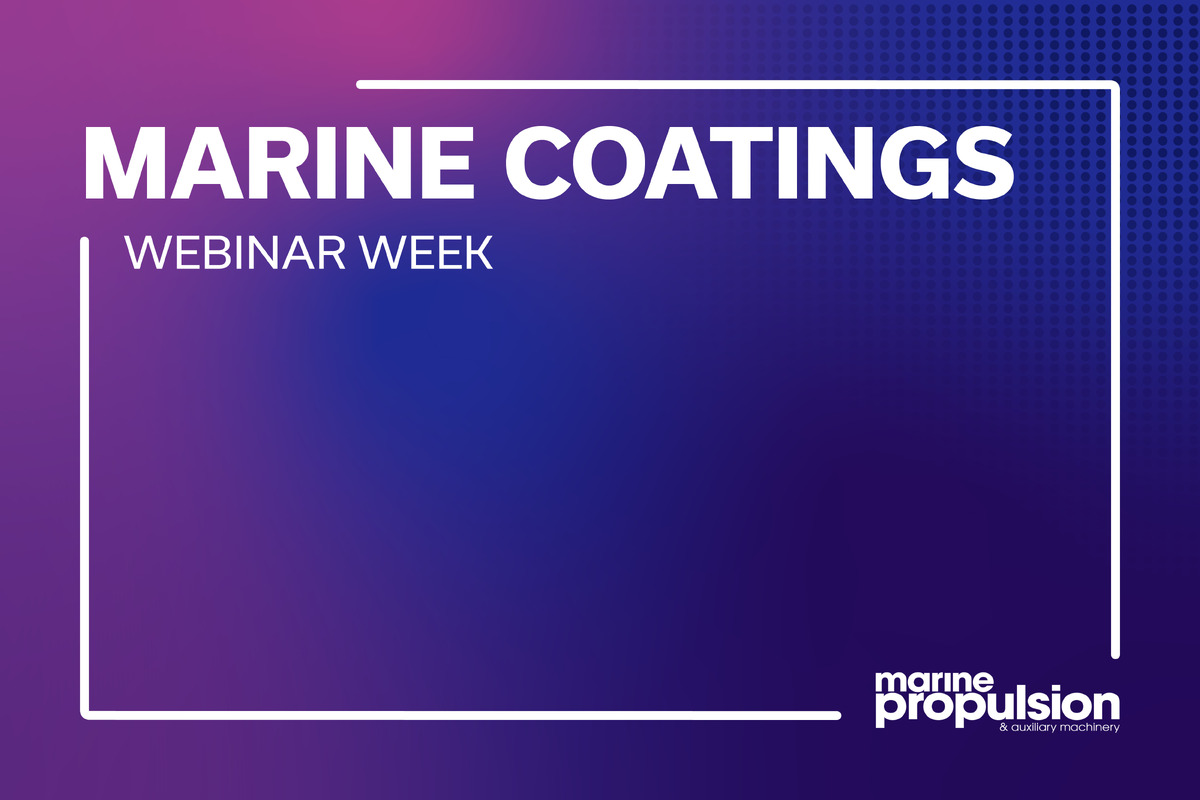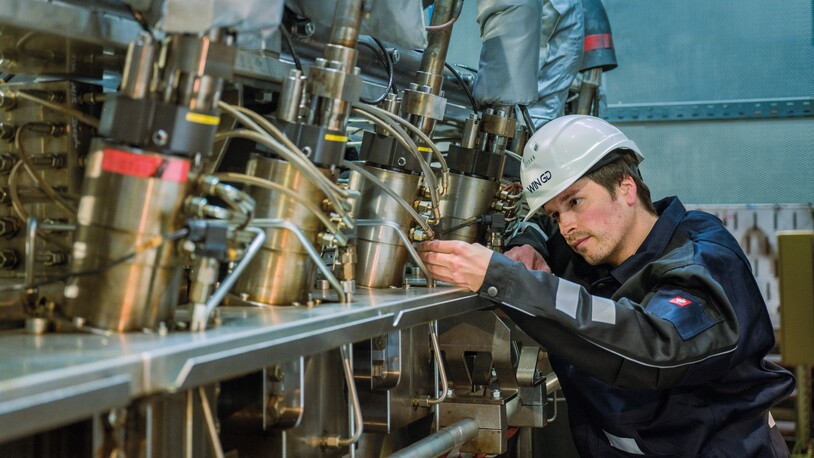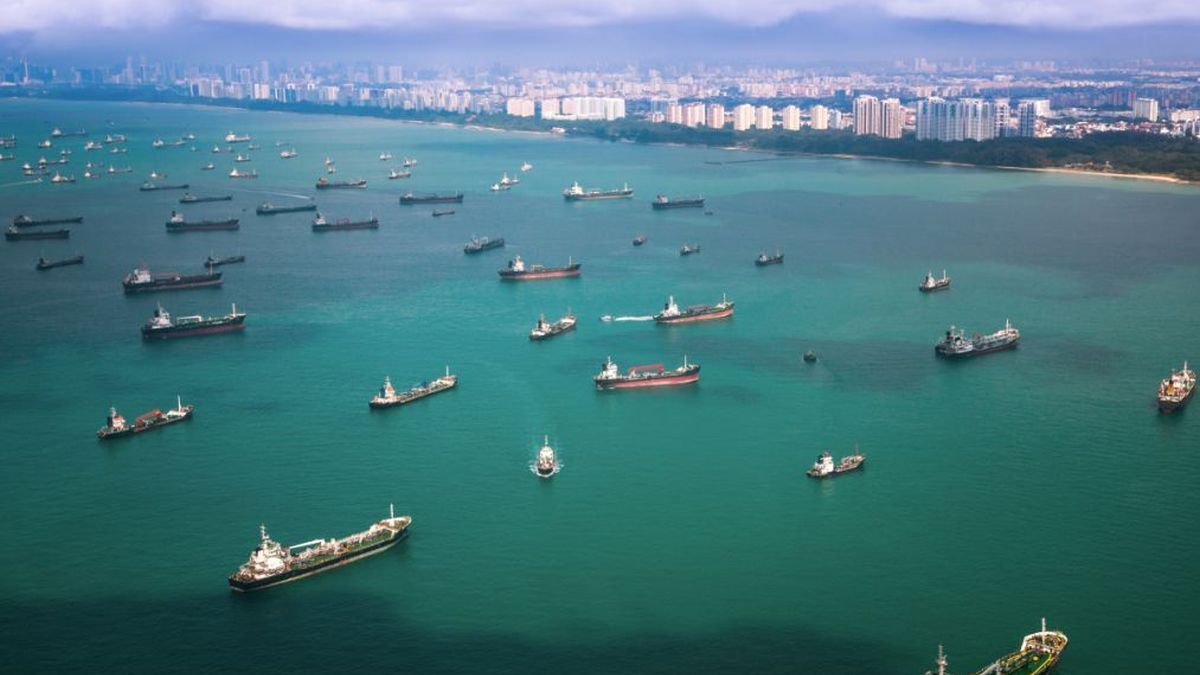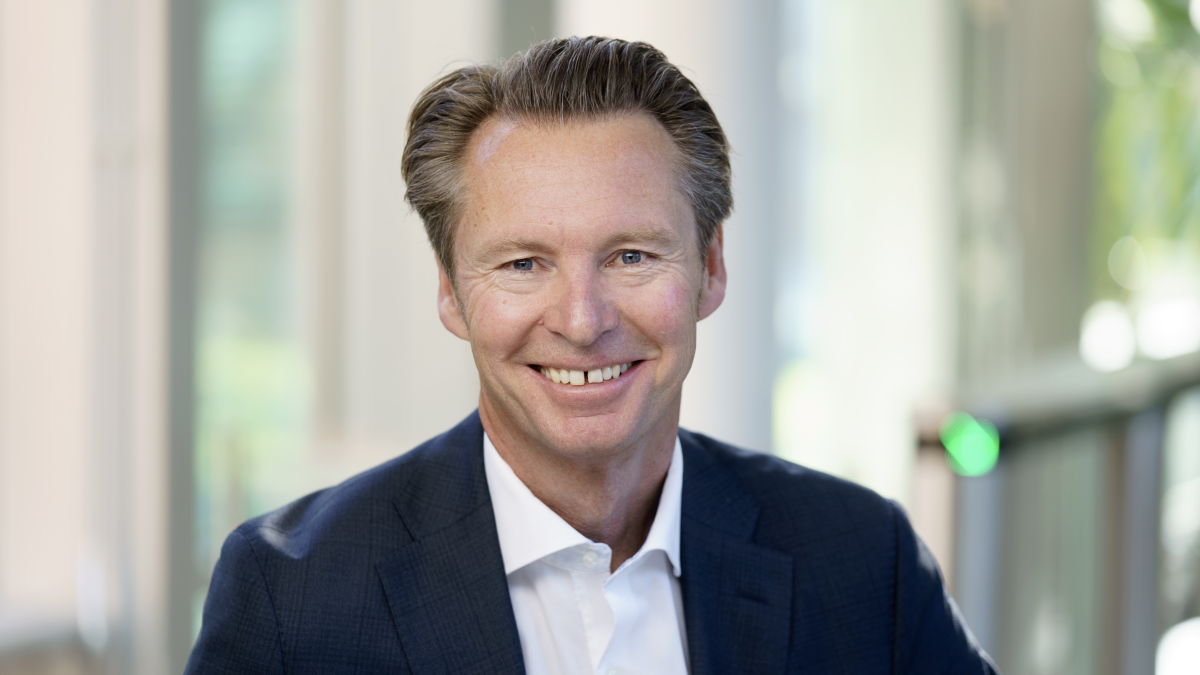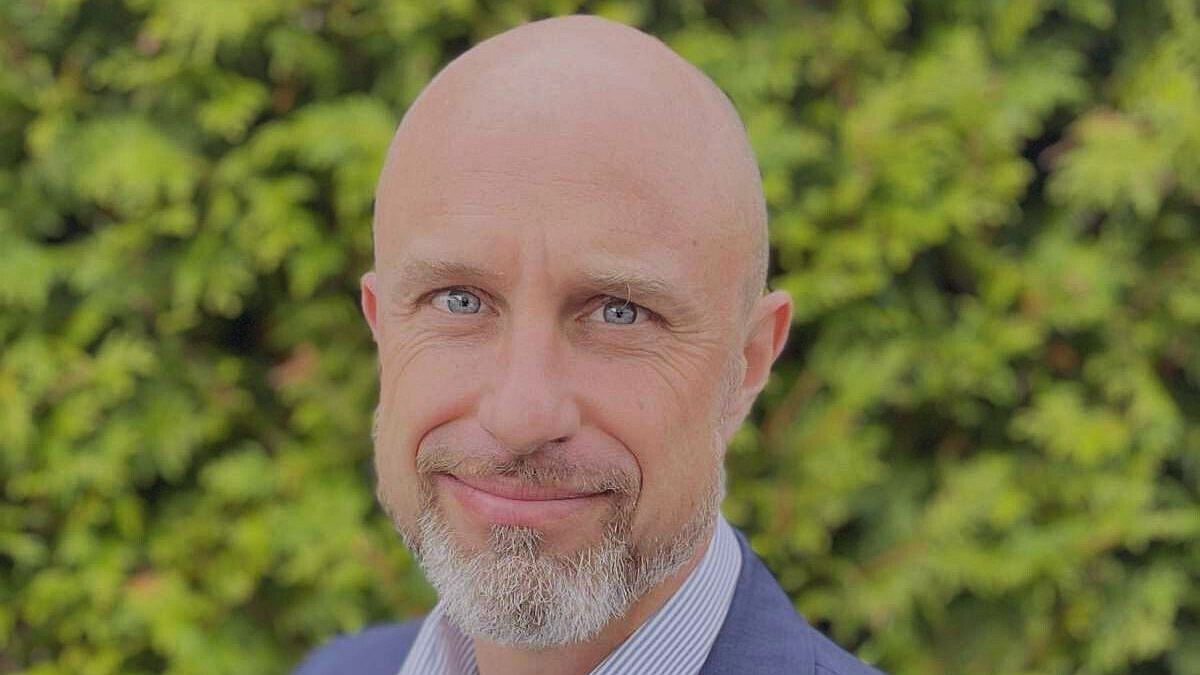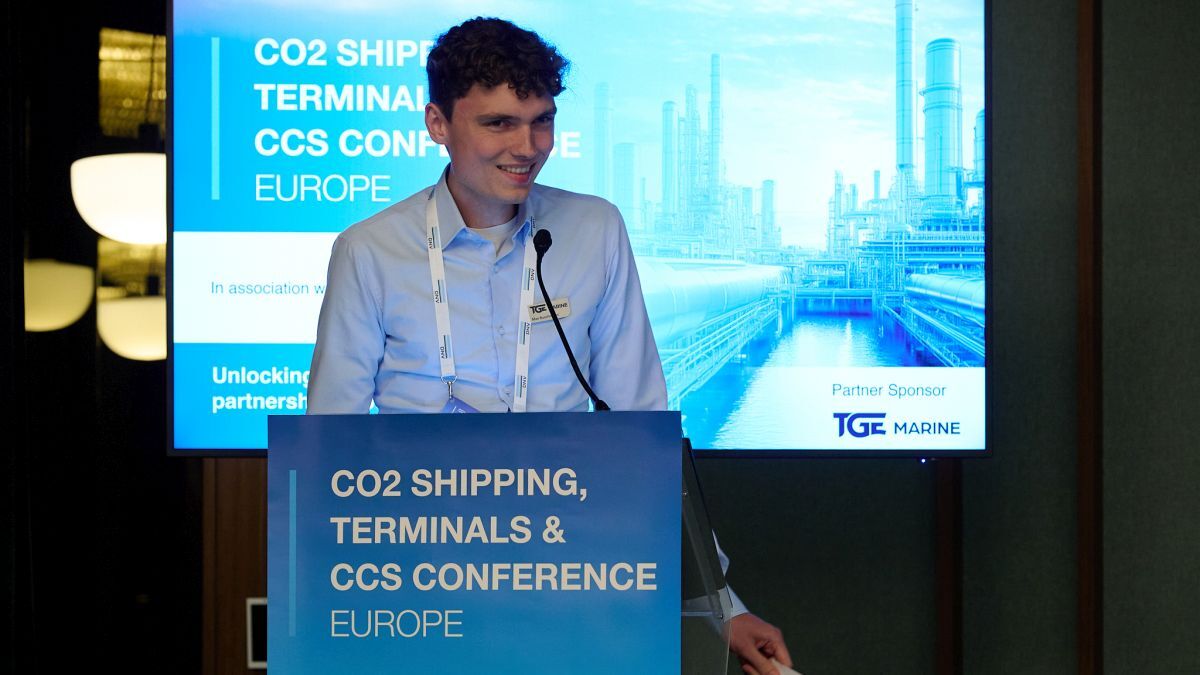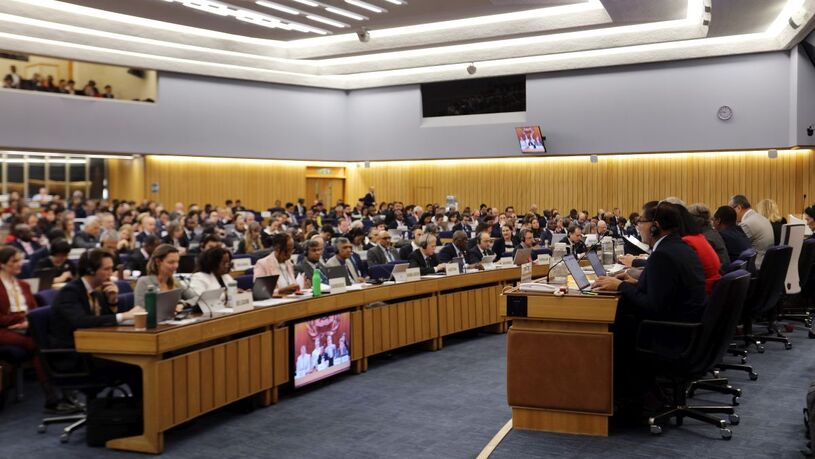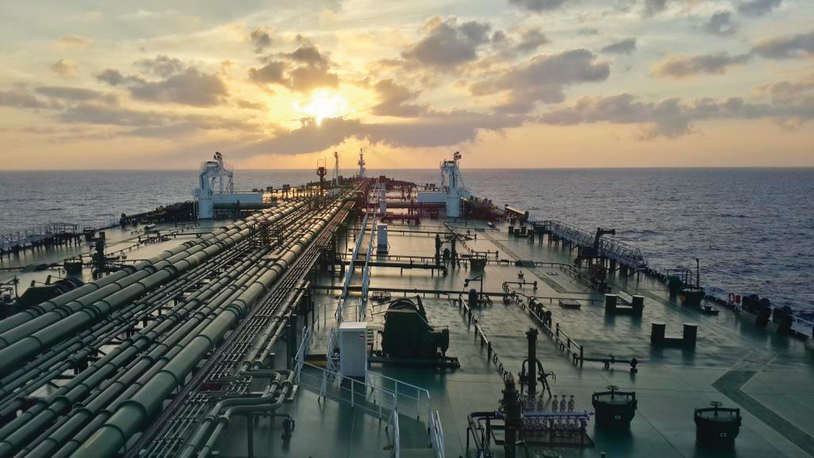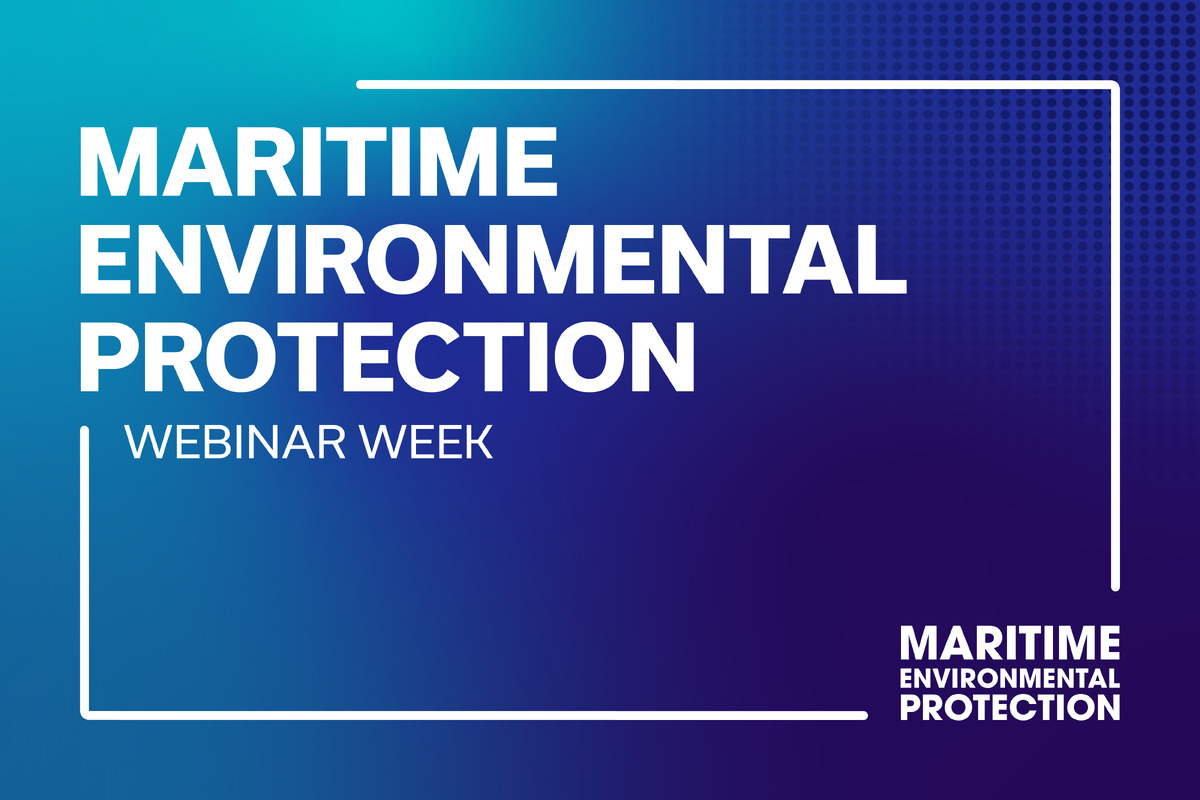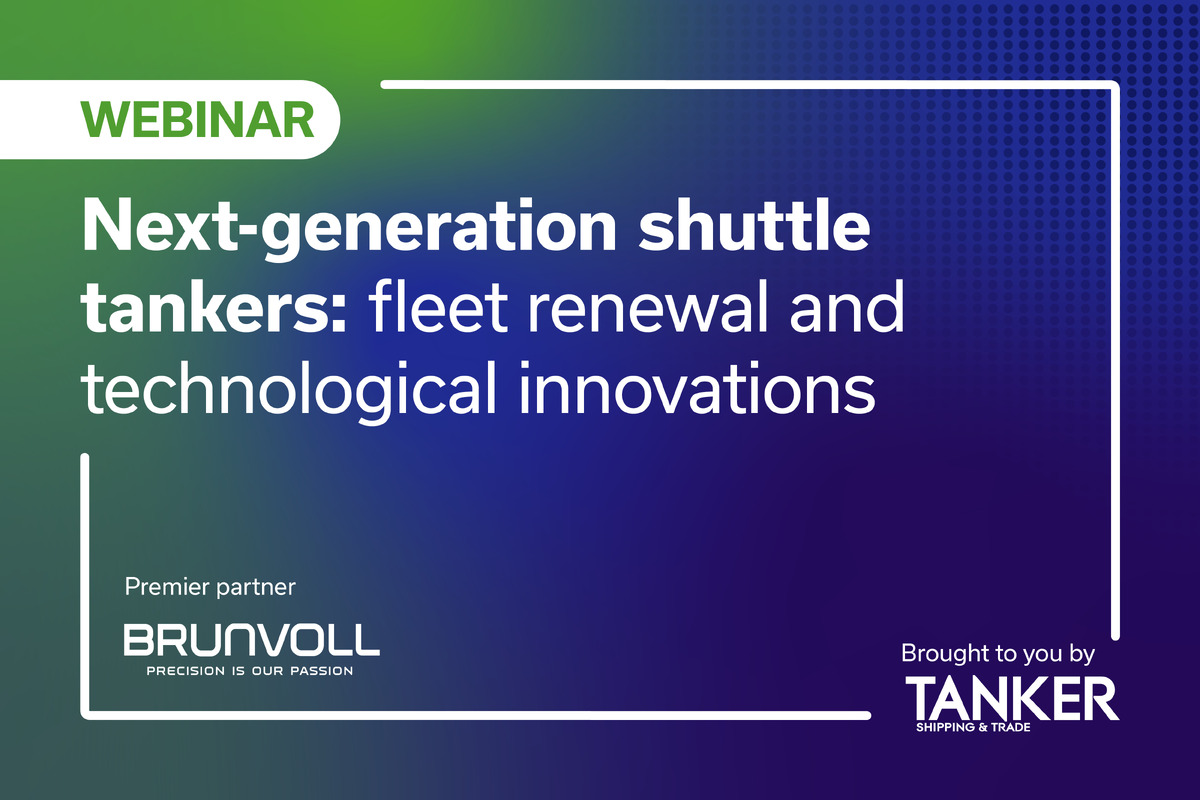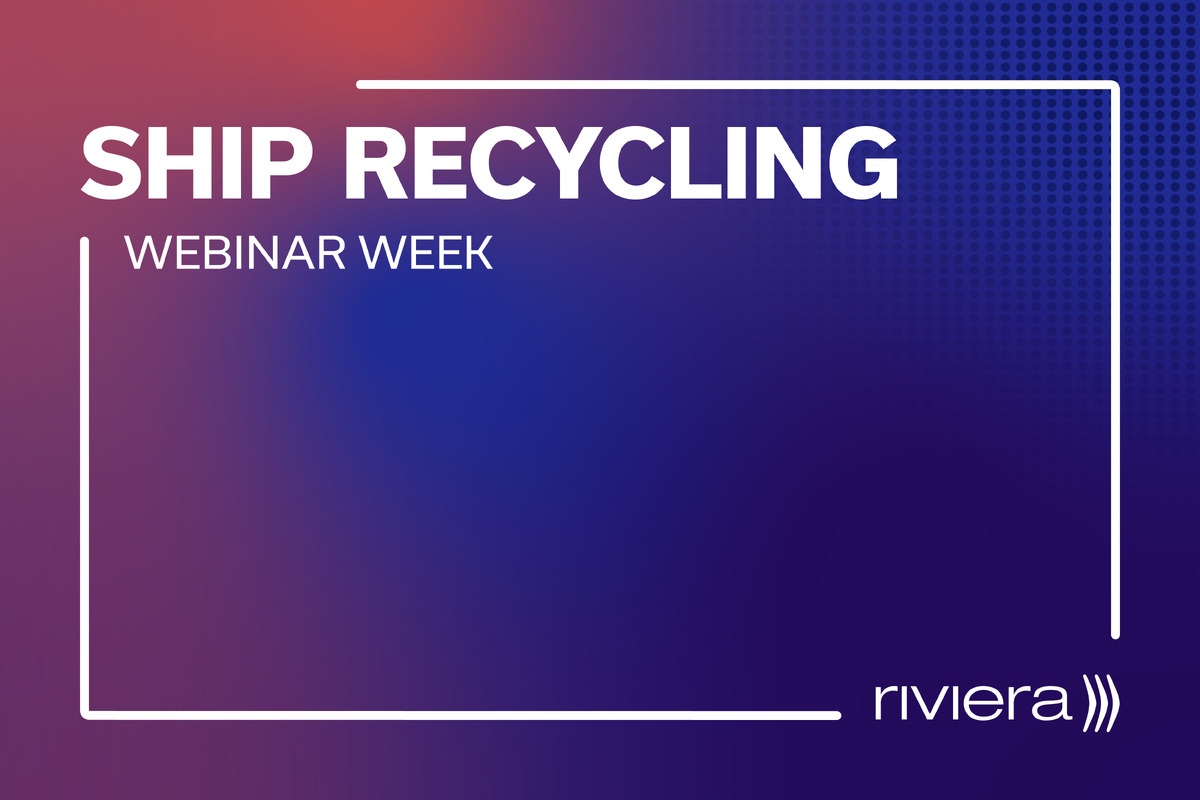Business Sectors
Events
Marine Coatings Webinar Week
Contents
Register to read more articles.
Singapore well positioned for continued dominance as top maritime hub
Canny planning, a focus on private-public partnerships and a proactive approach to maritime trends have kept the city-state one step ahead of the competition, a report from DNV and Menon Economics declaring the country the world’s top maritime city shows
Singapore’s unique geographic position means that some 30% of the world’s seaborne cargoes pass through the Straits of Malacca and the city state.
During the pandemic, Covid-19 and rolling lockdowns struck at the heart of Singapore’s service economy, regularly disrupting the crew changes that often take place at the maritime hub. Despite two years of pandemic-induced restrictions on trade and travel, however, Singapore has retained its pre-eminent position among global ports and managed thousands of crew changes under severe constraints to keep supply chains running.
As Maritime and Port Authority of Singapore (MPA) chief executive Quah Ley Hoon says, the port has focused on acting as a ‘catch-up port’ during supply chain disruptions during the pandemic, giving shipping lines a fall back to make up for delays elsewhere.
Long march to dominance
In a list dominated by Asian ports, Singapore has officially been ranked as the world’s busiest transhipment hub. In 2021, the port of Singapore handled a record high volume of 37.2M TEU, representing nearly 15% of the world’s total container transhipment volume.
The port’s authorities are also eyeing expansion. Reclamation work on Phase 1 of Singapore’s Tuas Port project was recently completed and operations are set to begin on the first two berths.
At berth 414ha, Phase 1 will add an extra 20M TEU to Singapore’s annual container handling capacity. Tuas will be developed in four phases and when complete in 2040, will eventually be able to handle an additional 65M TEU over Singapore’s present handling capacity.
Increased focus on digitalisation
Last year, port management software provider InnovezOne claimed most of the world’s 4,900 ports do not use digital technology for even basic processes, relying instead on paperwork to manage a range of services from towage to pilotage.
Disruptions to the global supply chain have exposed the frailties of existing port administrative infrastructure globally, with many ports seeing record delays and escalating costs. To keep operations in motion, many of the worst-hit ports are attempting a rapid scale-up of digitalisation.
According to the DNV-Menon report co-author Dr Shahrin Osman, Singapore is ahead of the curve, clinching top spot “for attractiveness and competitiveness” in maritime business while having an “unrelenting focus on digital transformation.”
Singapore’s MPA has put some of its focus on improved connectivity between vessels and port authorities to boost productivity. An MoU with Wärtsilä will see MPA adopt a new ‘just-in-time’ platform to help keep port stays shorter, allowing more vessels to berth.
Seafarers also need to be prepared for the changes that accompany rapid digitalisation within the shipping sector, and the country’s Centre of Excellence in Maritime Safety will use Wärtsilä Voyage’s simulator to prepare seafarers for shore-based remote management of vessels and autonomous operations.
Digitalisation and decarbonisation
Operators in the city-state are increasingly using big data to monitor onboard equipment and environmental performance, which will assume even greater significance when IMO’s EEXI requirements kick in next year.
Singapore’s MPA launched a US$90M decarbonisation fund with six private companies including Eastern Pacific Shipping, BHP and Ocean Network Express to establish the Singapore maritime decarbonisation centre. A short time later, METIS Cyberspace Technology’s Singapore subsidiary opened for business in August 2021. With local shipping companies striving to implement digitalisation and anticipating regulatory burdens, METIS’s advanced data-analytics services snared OMCS, X-Press Feeders and Petredec as clients.
“Singapore has the goal of being the centre point of decarbonisation in shipping,” says Wilhelmsen Ship Management chief executive officer Carl Schou, whose Topeka project is building two hydrogen-powered, zero-emissions vessels for the shortsea segment.
Progress on alternative fuels
Looming EEXI regulations also affect shipowners’ fuel choices, and Singapore is increasing its focus on alternative fuels with measures to support an ammonia supply chain. Plans are already underway that would enable the port city to develop an ammonia and bunkering infrastructure.
ABS director of sustainability strategy Panos Koutsourakis says, “Singapore has the potential to play a critical role as a strategic downstream location to receive, store, consume or bunker ammonia.” ABS is working with Nanyang Technological University Singapore, and the Ammonia Safety and Training Institute to assess safety protocols and probe for possible gaps in the bunkering supply chain for ammonia.
Other initiatives will see ITOCHU and ITOCHU Enex co-operating with MOL, Pavilion Energy, TotalEnergies and Vopak Terminals Singapore to conduct joint studies on the ammonia fuel supply chain in Singapore.
Keppel, which has experience with LNG bunkering having built FuelLNG’s bunkering vessel, is taking a stab at hydrogen, collaborating with DNV to explore opportunities. The company operates an offshore lab that serves as a test bed for new energy technologies.
LNG ambitions
Currently among the world’s largest hubs for conventional bunker fuels, with annual sales close to 50M tonnes in 2020, Singapore is looking to leverage this advantage into the LNG fuel segment.
Supplier FuelLNG (a venture between Keppel O&M and Shell Eastern Petroleum) added a new bunkering vessel in the city in 2021 and reports 460 successful operations for the year, while oil major TotalEnergies was awarded a licence, becoming the third operator to supply LNG bunkers beginning in January 2022.
Sembcorp Marine is currently building a 12,000-m³ LNG bunkering vessel for Japanese operator Mitsui OSK Lines, due later this year. When complete, this bunkering vessel – the country’s largest – will be jointly deployed by Pavilion Energy and Total.
LNG is seen as a bridging fuel in the transition away from fossil fuels as it offers a relatively quick payback times for retrofits to existing tonnage.
Speaking at Riviera’s LNG Bunkering & Refuelling Americas conference, Bernhard Schulte Shipmanagement LNG technical expert Johan Lillieskold discussed extensive interest from shipowners looking to convert ships to dual-fuel or LNG propulsion, which includes container shipping heavyweights CMA CGM and Hapag-Lloyd.
The LNG Shipping & Terminals Webinar Week will be held from 1 March 2022. Register your interest and access more information here
Related to this Story
Events
Marine Coatings Webinar Week
Maritime Environmental Protection Webinar Week
Ship Recycling Webinar Week
© 2024 Riviera Maritime Media Ltd.
